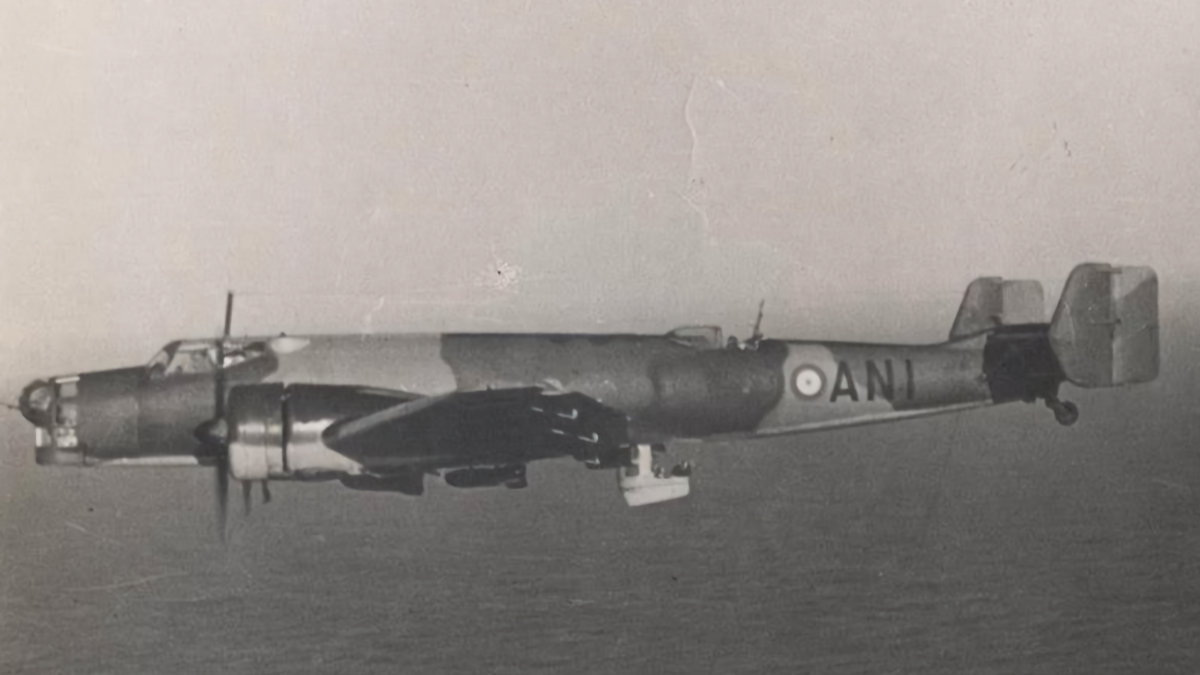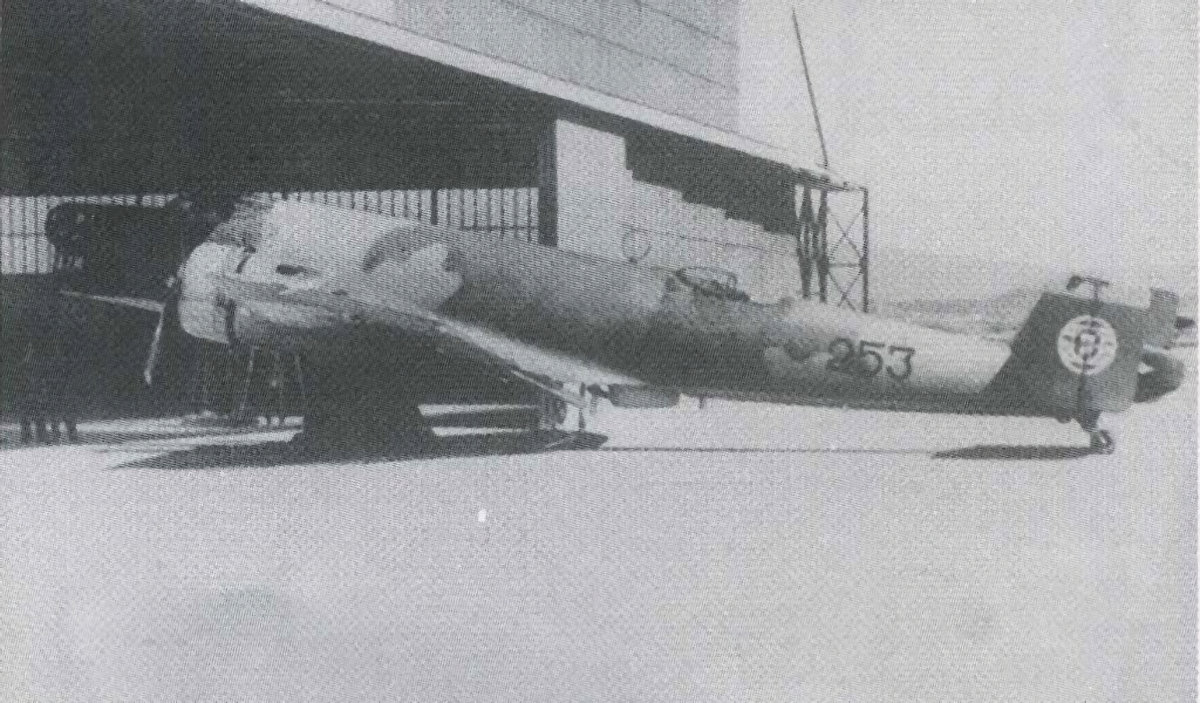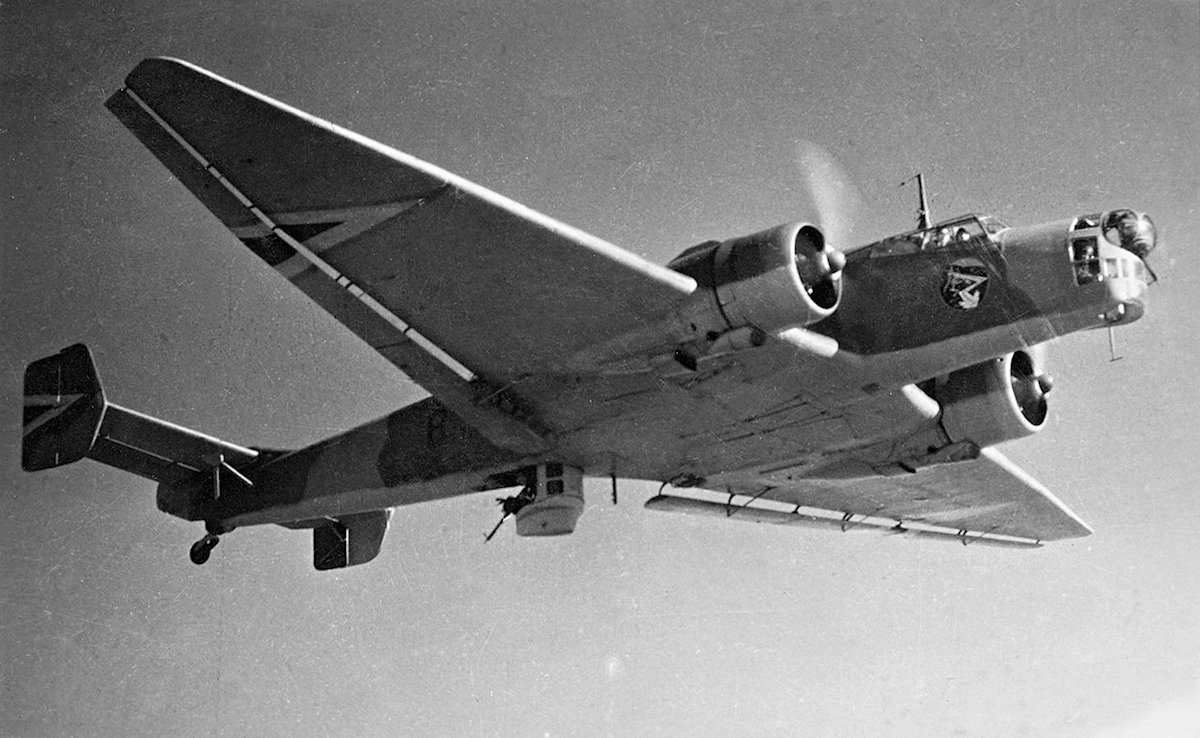Junkers Ju 86 in South African Service
South African Airways ordered 17 Junkers Ju 86 airliners with the first arriving at the end of 1936. The first five aircraft were powered by Rolls Royce Kestrel engines and designated Ju 86Z-3. The airline raised concerns that these engines were unsuitable and the remaining aircraft used the Pratt and Whitney Hornet radial engines and were designated as Ju 86Z-7.
The South African Air Force also took delivery of a sole Junkers Ju 86K-1.
When war broke out, the planes were militarised and armed as bombers with defensive guns and external bomb racks. These aircraft were initially used for coastal patrols along with the sole Ju 86K-1, playing an important role in the interception of the German blockade runner SS Watussi in December 1939. In May 1940, they were used to re-equip No. 12 Squadron SAAF, which was deployed in the East African Campaign from June 1940. It flew its first bombing missions on 14 June 1940. As more modern aircraft became available, the South African Ju 86s were passed from squadron to squadron, seeing their last use with No. 22 Squadron SAAF, which used it along with the Avro Anson in the coastal reconnaissance role, finally retiring its Ju 86s in September 1942.














































